Mineral Point is celebrating a special 50 year anniversary this year. On July 31, 1971 Mineral Point was the first city in Wisconsin to be listed on the National Register of Historic Places.
In the process of writing our monthly newsletter (the July featured topic is all about history) and sharing some of Mineral Point’s history and the history of this building, I quickly came to realize that 1) I couldn’t find anywhere online that had a really good Mineral Point history recap that spanned many topics of it’s layered history and 2) I’m having a hard time condensing what I want to say in the newsletter format. Sooo, In order to not lull the readers to sleep if history isn’t their jam.. blog posts were born to accomplish both of the things I was struggling with!
The next post will be about specific brewery building history. Because, shockingly, I had a hard time pairing down what I wanted to say about building’s history too. Go figure.
The post after that will (probably) be specifically about Ken Colwell, the previous owner of the building and his active role in historic preservation in and around Mineral Point, a topic that’s near and dear to my heart.
So, for your reading pleasure, some Mineral Point history:
Mineral Point has quite a rich history. Mineral Point is nestled in the rolling hills of Southwest Wisconsin, established on lands of the Kiikaapoi (Kickapoo), Sauk and Meskwaki, Ho-Chunk (Winnebago), Myaamia, and Očhéthi Šakówiŋ nations.
Mineral Point is nestled in the heart of the Driftless.
For reasons yet unknown to us, the glaciers of past ice ages missed a small section of the midwest. When this region of the midwest was left untouched by the glaciation, it was named the “Driftless”. When the glaciers retreated, they left behind a material called drift composed of silt, clay, sand, gravel, and boulders. The retreating glaciers also left behind forested ridges, river valleys, bluffs of limestone, and minerals that were easily accessible at the surface.
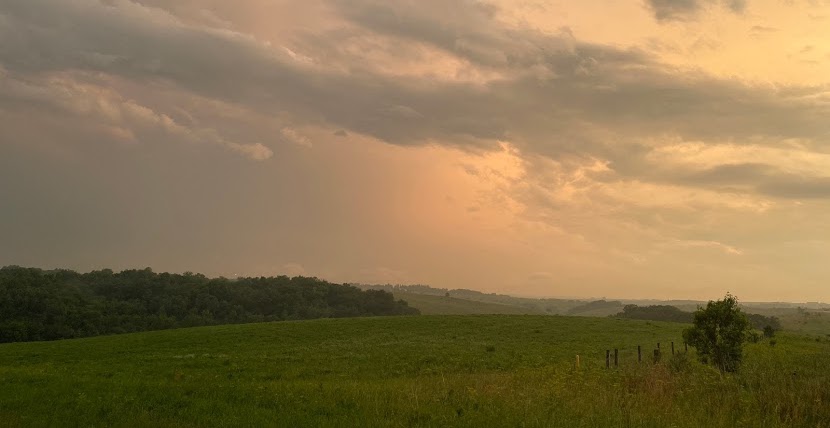
Native American women first mined these minerals in the 1600’s to trade with French fur traders. In the 1800’s, lead ore paid quick rewards to prospectors and adventurers who swarmed the hills and dug out crude, temporary caves for homes that resembled badger holes – the provenance of Wisconsin’s nickname, The Badger State.
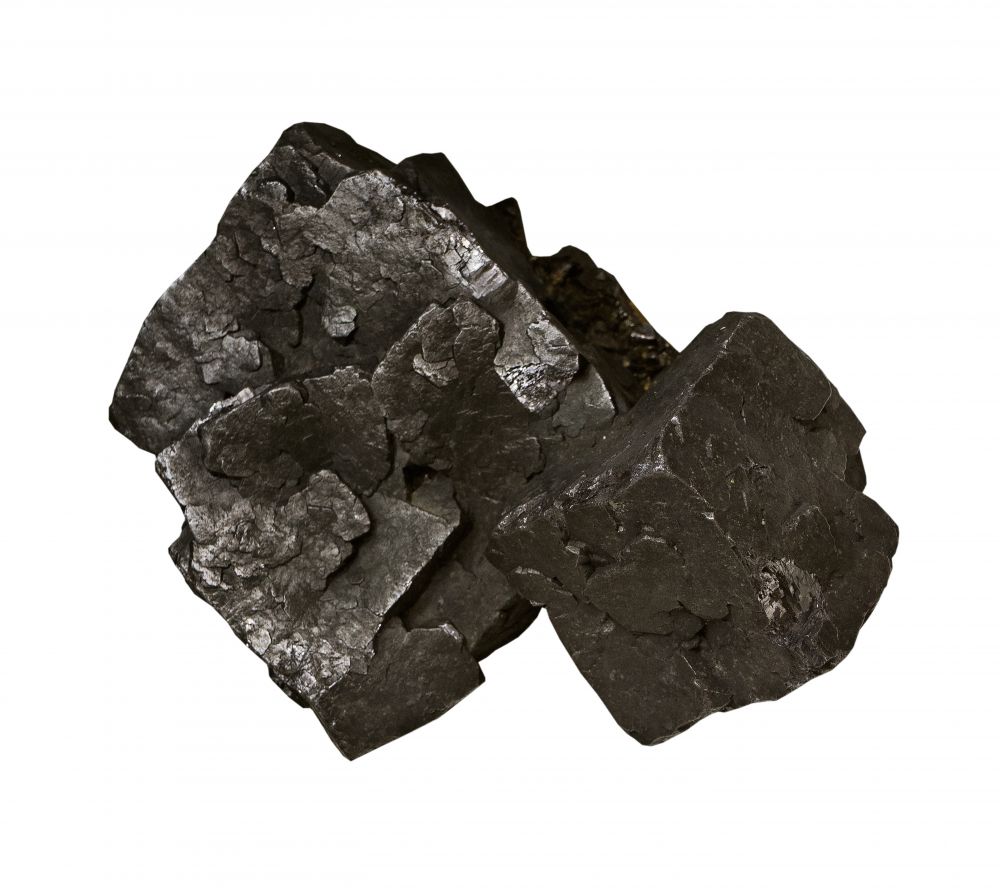
In the 1820’s, news of these rich deposits of lead reached Cornwall, England. By that point, Cornwall had been a mining hub for centuries.
Cornwall’s landscape is rich in metallic mineral deposits, particularly where granite and “killas” (mudstones and slates) meet. Mining activity dates back to the Bronze Age and early tin removal was conducted by streaming, taking the tin out of river valleys, or open cast mining. Archaeological evidence points to trade between Cornwall and northern Europe and the eastern Mediterranean. With Cornwall and Devon providing Britain’s only indigenous tin resources, by medieval times Cornish tinners were renowned. Their industry was subject to special taxes, with unique privileges granted by Royal charter and mining practices based on Stannary law that took into account customary traditions.
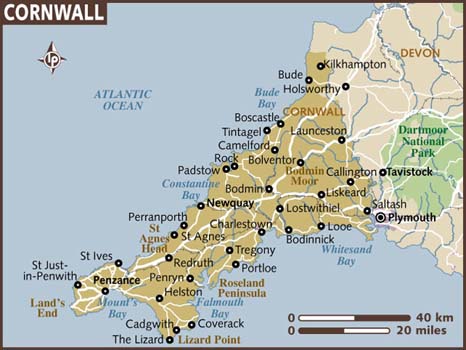
Men and women began immigrating to Mineral Point. The early European settlers arrived in Mineral Point around 1827 and the Driftless area became the mining destination for zinc and lead during the 19th and early 20th century. Experienced Cornish miners were attracted to the lead mining opportunities in Mineral Point and by 1845 roughly half of the town’s population had Cornish ancestry.
In the 1840s, as thousands of people from England immigrated to Iowa County. Approximately 15,000 of them came from Redruth, in Cornwall, creating a strong Cornish heritage. In recognition of that heritage, a Twinning Association has been established which links the city of Mineral Point with the city of Redruth. This was formally instituted in Redruth in the spring of 1996 and again the following year at the Gundry House in Mineral Point, in July 1997.
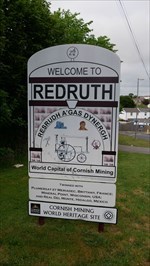
The objectives of the Twinning Association are to recognize and strengthen the historic relationship that exists between the two communities. It aims to preserve and enhance our common culture and heritage through the exchange of information, the sharing of ideas and materials and by encouraging visits between our communities.
In 2000, the Mineral Point/Redruth Exchange Program was formed. Each year, high school students from Cornwall come to Mineral Point and Mineral Point students visit Cornwall in a cultural exchange.
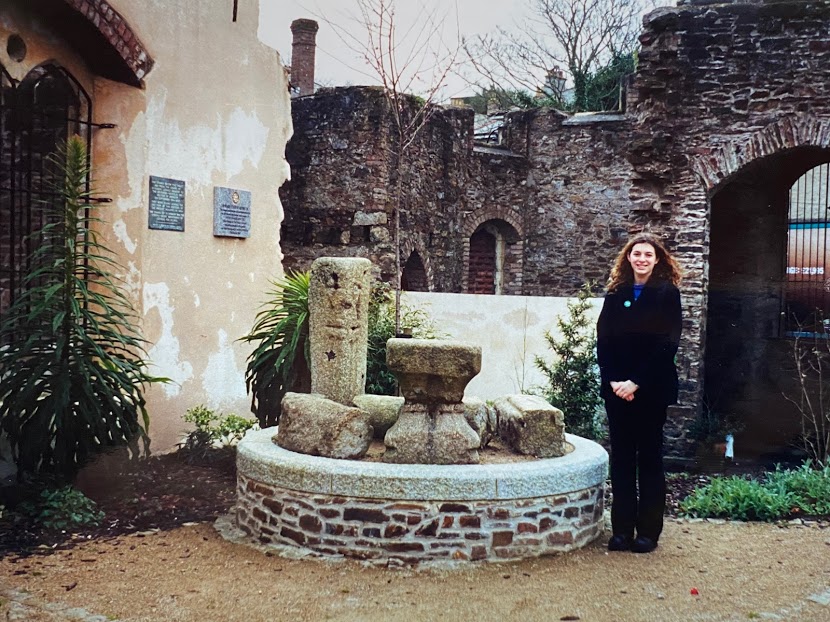
Along with their advanced mining skills, these early immigrants also possessed expertise in stone building construction. Their legacy is still reflected today in a remarkable inventory of mid-19th century architecture found throughout the city.
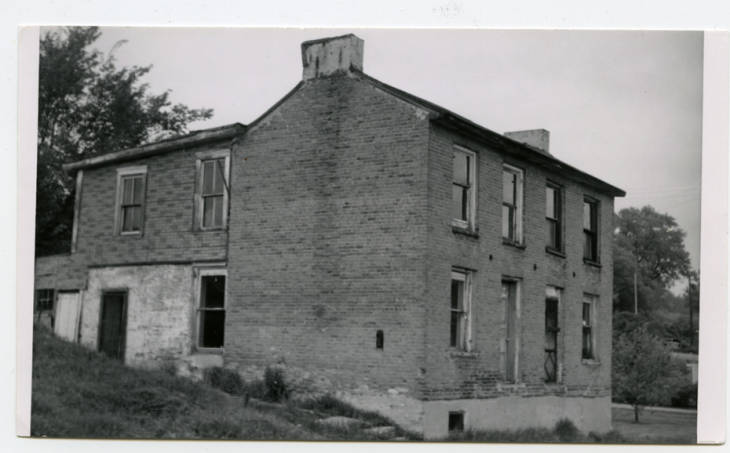
Mineral Point was also an important center of early Wisconsin government. In 1829, Mineral Point became the county seat of the newly formed Iowa County. In early 1836, Wisconsin Territory was created and midyear Henry Dodge (the first governor of the newly formed Wisconsin Territory) and John S. Horner (the territorial secretary) were inaugurated in downtown Mineral Point on July 4, 1836.

During the ceremony, a design by Horner was officially recognized as the Great Seal of Wisconsin Territory. It displayed an arm holding a pickaxe over a pile of lead ore, demonstrating the importance of Mineral Point’s early mining economy to the new territory. A census conducted in the months after the inauguration showed that Iowa County had 5,234 inhabitants, making it the most populous county in the Wisconsin Territory east of the Mississippi River.
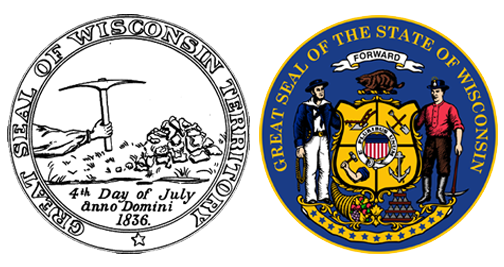
Founded in 1827, Mineral Point is the third oldest city in Wisconsin. (Green Bay is the oldest city in Wisconsin, founded in 1765)
On May 29, 1848 Wisconsin became the 30th state to be accepted into the Union.
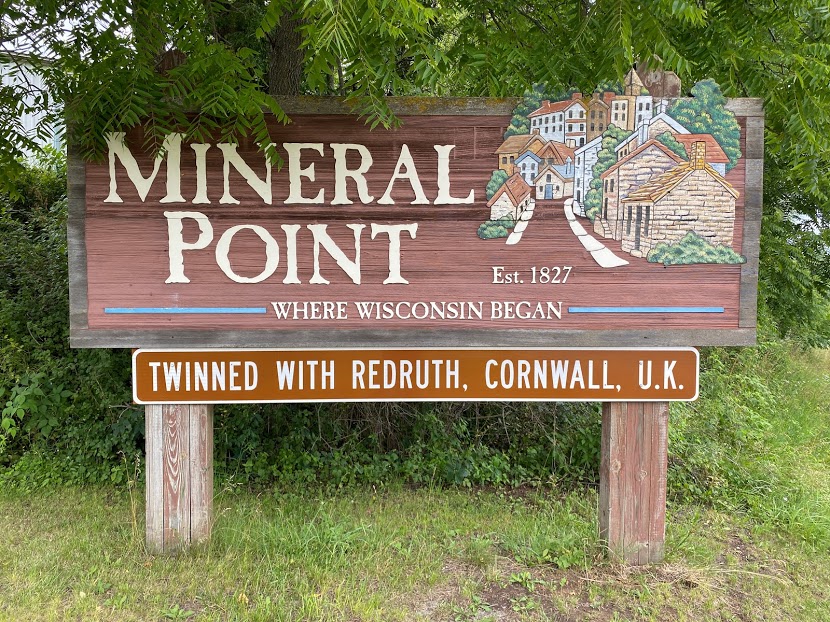
In the 1830’s Mineral Point was a bustling, growing city that attracted many politically significant and influential people. Historians say that for over a decade the lead-mining country controlled Territorial Wisconsin, and the politics of Mineral Point controlled the mining country.
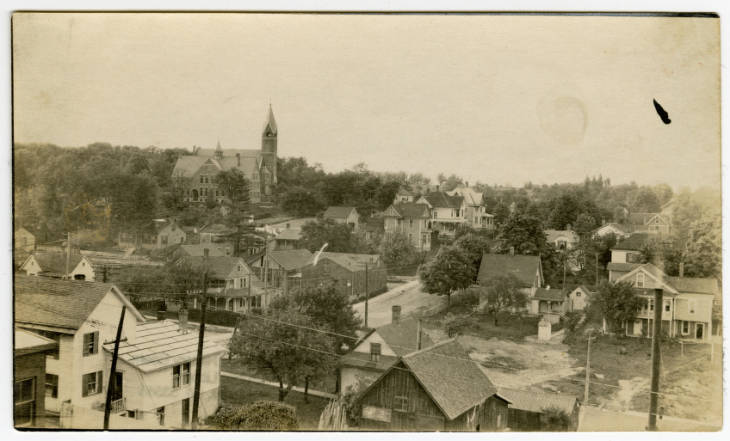
As the early miners attempted to make their fortunes by mining lead from the Mineral Point area and transporting it elsewhere for sale, they ran into a few stumbling blocks. Unfortunately, few if any navigable roads existed that would allow a significant amount of lead to be moved to market. When railroads became technologically viable in the 1830’s and 1840’s, great interest existed for bringing a railroad to Mineral Point.
Although I’m not going into detail in this particular post, I’d like to note that around this time, in 1850, the brewery was built and began brewing beer. They brewed until 1961.
The Mineral Point Railroad (MPRR) was formed in 1851, with the goal of connecting Mineral Point with the Illinois Central Railroad (ICRR) at Warren, Illinois. A connection with the ICRR would allow Mineral Point’s lead to reach all major markets and would also allow modern goods to come into Mineral Point.
Construction of the MPRR, including the Mineral Point depot, began in 1856. The railroad opened for operation between Mineral Point and Warren in 1857. During the 1860’s, a branch line was built between Calamine and Platteville.
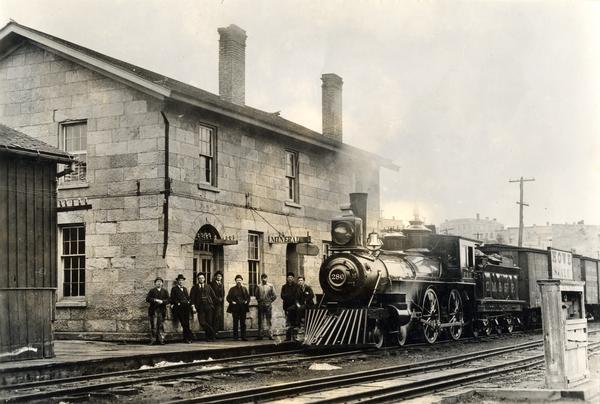
From 1880 until the 1920’s the value of zinc mining came to be recognized in Southwestern Wisconsin. The presence of the railroad allowed the Mineral Point Zinc Company to prosper. Eventually, the zinc plant (later owned by the New Jersey Zinc Company), became one of the largest zinc facilities in the United States.
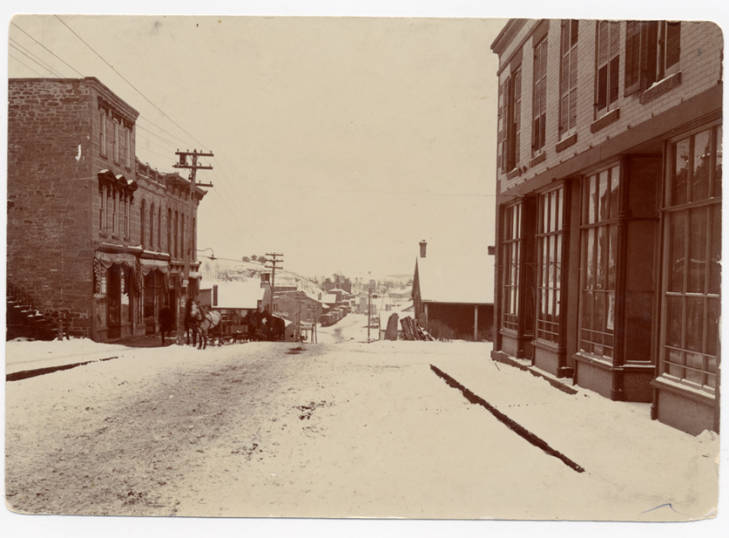
During the late 1920’s, however, the success of zinc manufacturing in Mineral Point declined rapidly. By 1929, the former huge plant had closed and was dismantled. With the loss of the zinc plant, the Railroad saw its fortunes also rapidly deteriorate and it was abandoned in 1930.
The rails were taken up in 1984 and it sat vacant until restoration began in 2000. The Mineral Point depot was built in 1856 from local materials, and has survived to become the oldest depot in Wisconsin. It reopened to the public as a railroad museum on September 2nd, 2004.
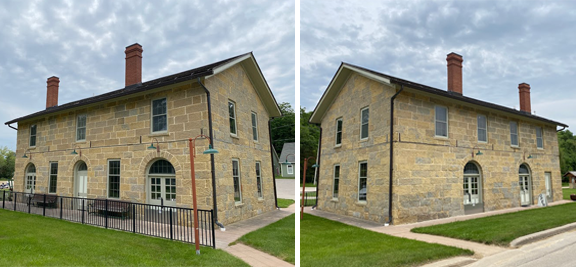
In the 1930s, as the Zinc Works closed and the railroad abandoned, not all hope was lost. Budding efforts to preserve the historic structures in the city started as early as 1935. Partners, Bob Neal and Edgar Hellum began the preservation movement in Mineral Point when they began restoring stone buildings and log houses on Shake Rag Street.
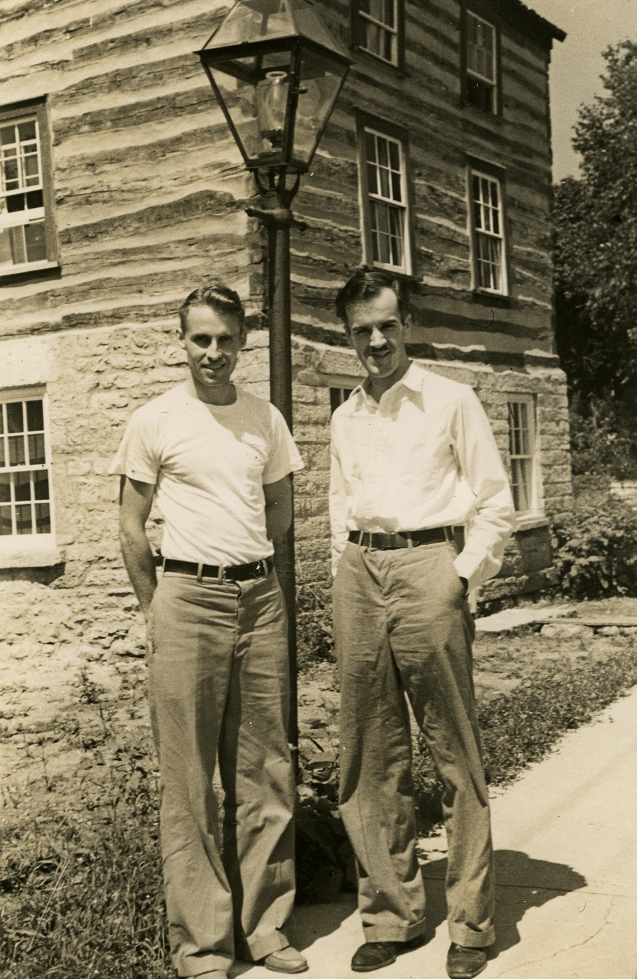
Bob and Edgar met in 1934 and one at a time they quickly began rescuing these derelict buildings from demolition. Assigning Cornish-language names to each, they opened a restaurant to sustain their preservation efforts and lived on the grounds. Their remarkable success (at the height of the Great Depression) launched the 20th-century transformation of Mineral Point into the vibrant hub for arts, preservation, and tourism it is today.
The buildings they lovingly preserved on Shake Rag Street and the grounds they called home would eventually go on to become Pendarvis Historic Site.
Click here to listen to an interesting oral history from Bob Neal and Roy Penberthy recoreded in three parts in 1982: (Part 1) (Part 2) (Part 3)
A complete list of recorded oral histories can be found on the Mineral Point Library Archives website.
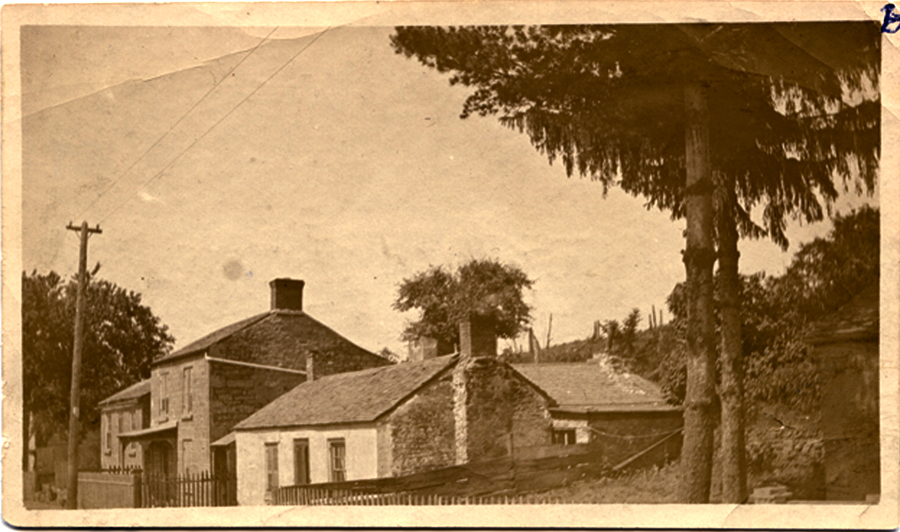
By the mid-twentieth century Mineral Point had begun to attract many other artists as well. Husband and wife, Max Fernekes (1905-1984) and Ava Fernekes (1912-1994) are often mentioned as being the first artists on the scene but there were many others too.
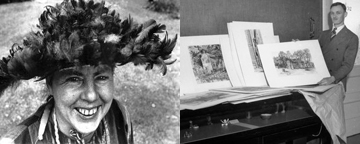
Artists and spouses, Harry Nohr (June 22, 1896 – January 17, 1977) and Laura Nohr (July 1, 1903 – September 18, 1997) were also here during the “Fernekes” years. The two couples were in fact good friends and they enjoyed a friendship with Bob and Edgar as well.
Click here to listen to an intersting oral history with Bob Neal, Laura Nohr and Laura’s mother Mrs. David Jacka
Harry Nohr’s first foray into craftsmanship began while he was a U.S. soldier in France. He sold vases crafted from empty ammunition shells and parts from German guns and French airplanes. He spent his first career as the postmaster in Mineral Point from 1949-1966. In 1959 he took up wood turning and continued making bowls into his retirement. He created his bowls and sold them out of his home at 307 High Street.
There is a Harry and Laura Nohr Gallery located in nearby Platteville. It provides high quality cultural and educational opportunities in the visual arts, free of charge, to the students, faculty, and staff of the University of Wisconsin-Platteville, and the people of Platteville and the Southwestern Wisconsin region. On permanent display in the gallery is the Harry Nohr exhibit.
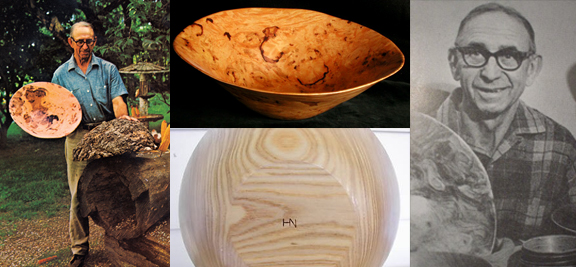
Historic preservation in Mineral Point developed on a larger scale in the 1960’s and 70’s when these (and other) artists, craftspeople, and preservationists began restoring more and more of Mineral Point’s numerous historic buildings. During the this time, buildings were fairly cheap and artists were able to live, work, and work to restore the older buildings and properties instead of demolishing and building anew.
In 1971, the city was listed on the National Register of Historic Places. It was the first Wisconsin city to receive that designation. The pre-Civil War homes* of some of Wisconsin’s leading families still stand, and their legacies echo throughout the town.
*I live in one of those pre-Civil War homes, mine was built in 1840 and is located about a mile from the brewery. I love it!
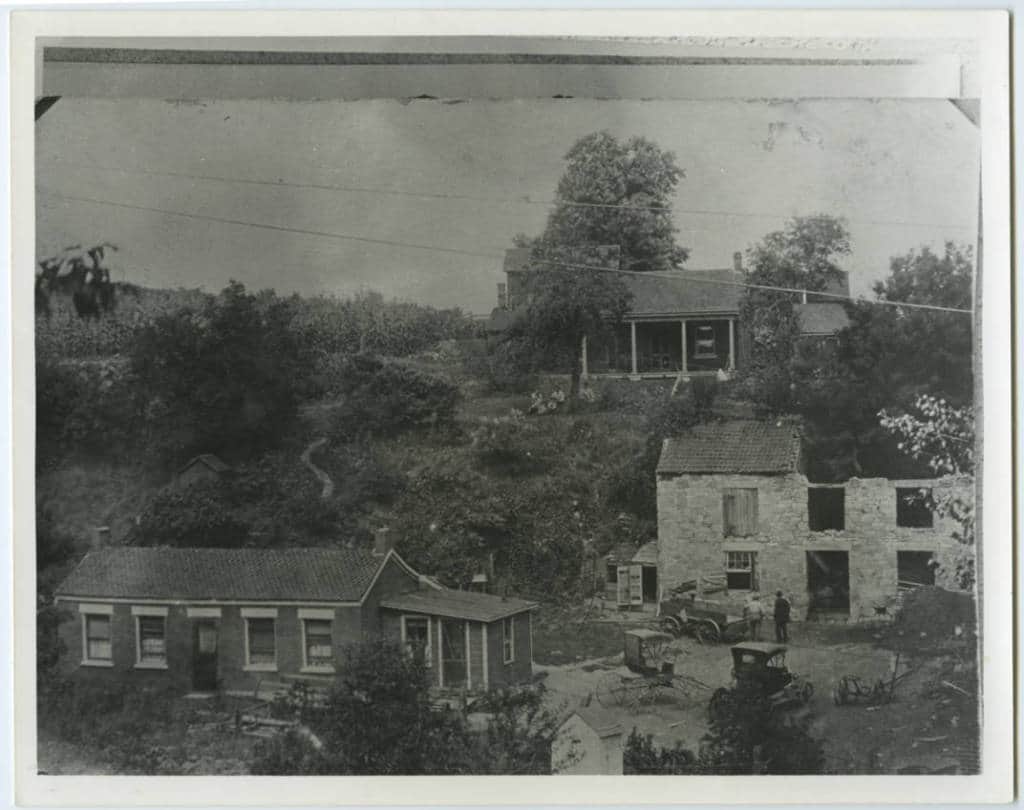
Two years later, in 1973, The Historic Preservation Commission was sanctioned a city commission. To this day, there is still an active commission. The Historic Preservation Commission was established to accomplish the protection, enhancement and perpetuation of such improvements and of districts which represent or reflect elements of the City’s cultural heritage as embodied and reflected in such landmarks and historic districts.
People across the city, throughout the years (and to this day!) continue to take great pride in caring for these historic buildings and have lovingly and painstakingly restored them into what you see today as you look around the city.
Also in 1973, Bud Wall purchased an old derelict building at the bottom of Commerce Street that used to be an old foundry. He restored the building and formed an arts incubator space. At the foundry, artists were able to live, work, and have access to studio space for minimal cost. Artists at the foundry worked in silversmithing, iron forging, bronze casting, painting, sculpture, ceramics, and glassblowing.It was a jump start for many artists to be able to afford to get going in their medium and launch themselves into their chosen fields.
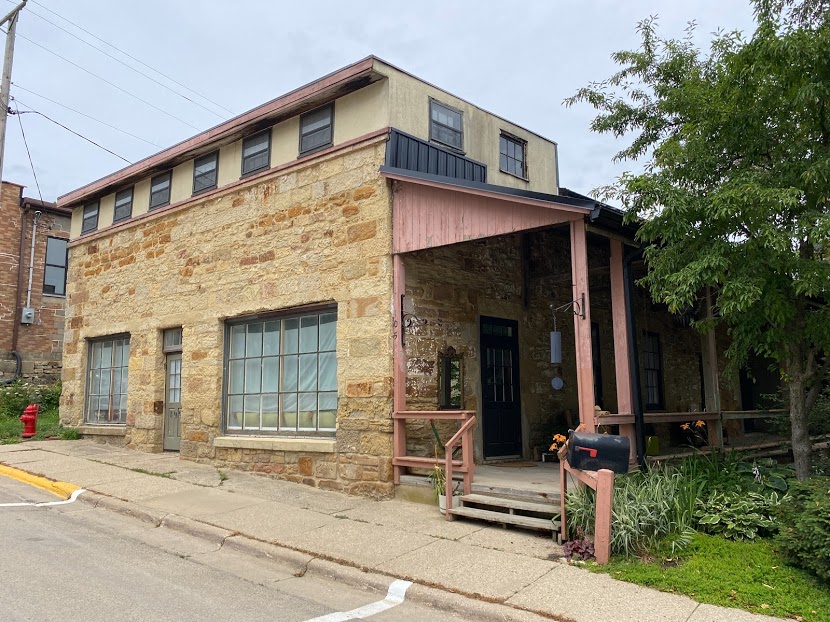
From there, artists began establishing their own studios and galleries. Some stayed in Mineral Point and others spread out around the country. Some notable area artists who lived and created works in the foundry include but are certainly not limited to; Bruce Howdle (July 2, 1946 – August 29, 2018), Tom Kelly (Nov. 2, 1949 – June 27, 2021), Gary Cisler, and Colleen Ott.
Click here to listen to an interesting oral history from Tom Kelly that highlights some memories from “the foundry” years.
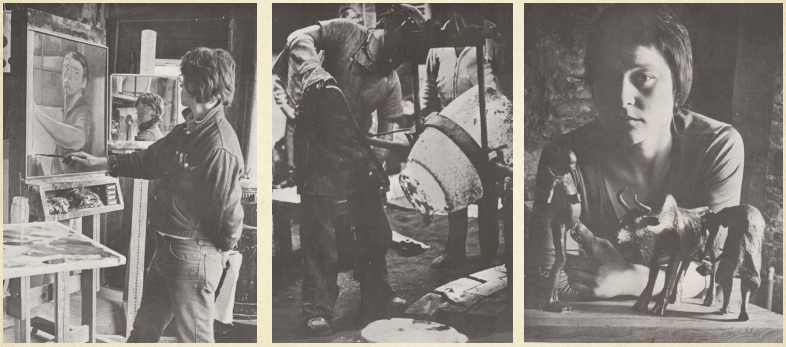
Mineral Point has also had quite a few interesting and noteworthy write-ups throughout the years highlighting some of our special traits.
Mineral Point was recognized by the National Trust for Historic Preservation as one of their “Dozen Distinctive Destinations” in 2007
In 2016, Mineral Point was dubbed the “the most Cornish town in the USA” after the International Gathering of Cornish voted at its annual meeting. Click here to watch Catherine Whitford, Mineral Point’s own Cornish Bard, explain Mineral Point’s right to be called “The Most Cornish Town In The USA.” The vote wasn’t even close.
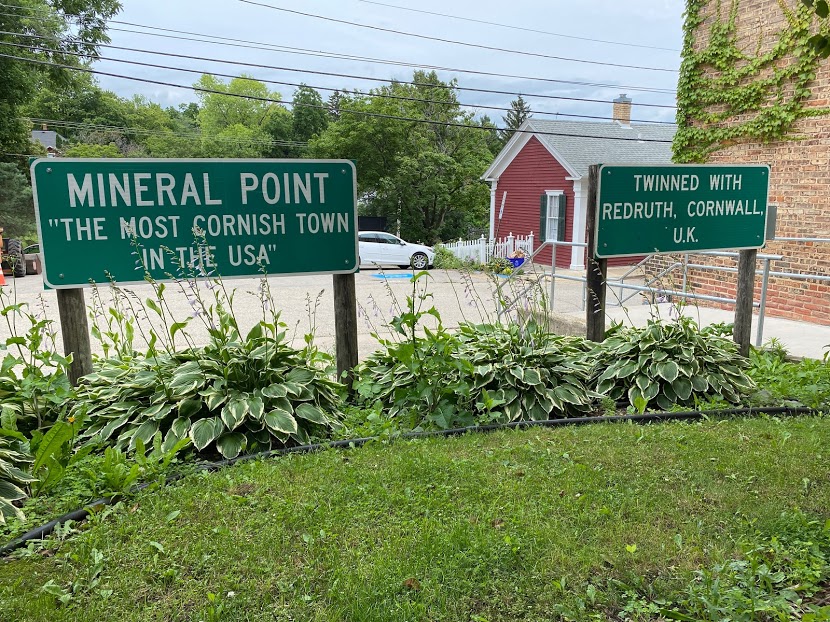
In May 2017, Smithsonian Magazine released their list of the 20 Best Small Towns to Visit and Mineral Point made the list. Smithsonian praised it for its natural beauty, historical architecture, and the art scene. Mineral Point’s eclectic locally owned businesses got a shout out as well.
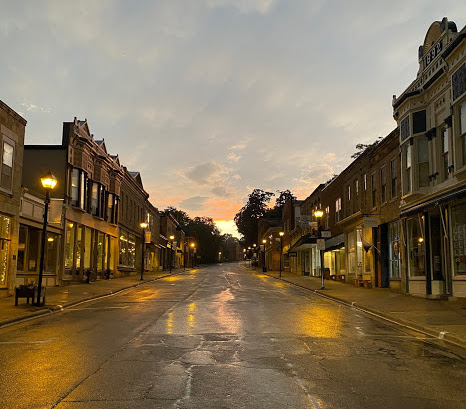
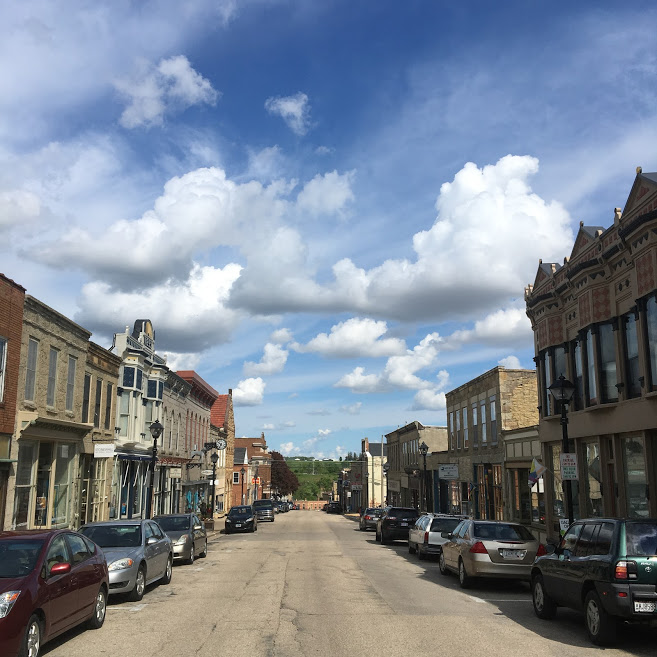
From the mining years to Bob and Edgar, the Nohrs, the Fernekes, Bud Wall and the artists at the old foundry, all the way through to today– So many artists have found home here in Mineral Point and have been able to pursue their passions in an environment that welcomes people of all shapes and sizes, colors, and backgrounds. The wonderful people here have cultivated a welcoming and creative community in an environment filled with other like minded makers and doers.
Everyone seems to be charmed by Mineral Point and we certainly enjoy hearing all the glowing things tourists have to say about the beauty of Mineral Point as they walk through our gallery doors. We absolutely love it here and we love talking and sharing about the history we love so much.
If you’re still here, and still reading- thank you! I’ve loved researching and digging deeper in Mineral Point’s history over the last few days and it’s been a fun (and educational) writing project. As I mentioned above, two more posts coming shorty about Ken Colwell and another specifically about brewery history. If you enjoyed this post, I hope you’ll enjoy those too.
Until next time,
Claire

As the author of the “Waldwick” series that Mary is offering at Mineral Point’s Ben Franklin. It’s simply wonderful having a few more details and images about a small town, the Terills, who are my ancestors have called home since 1836.
Growing up in Madison, many of my richest memories are of the summers I spent with Grandma Harris when she lived behind Jerusalem Park in the 1950s. Grandma would make homemade lemonade and we’d sit on the porch and listen to the Milwaukee Braves. For supper, there’d be fresh vegetables from her garden and always some sort of pie she’d just made. Uncle Mont worked at the Post Office and he’d come and visit or perhaps Lynn Terrill would stop by simply to tease Grandma and make her laugh. I remember 1957 when Grandma got indoor plumbing and sleeping in the attic under a goose-down blanket when it was so cold the hair in your nose would freeze. It was a wonderful time of innocence filled with love and kindness, generosity and laughter that warms my heart even today. I hope my books communicate my love and respect for a time, a place and a way of life we all can only dream about today.
Thanks so much for sharing those memories, Kenneth!